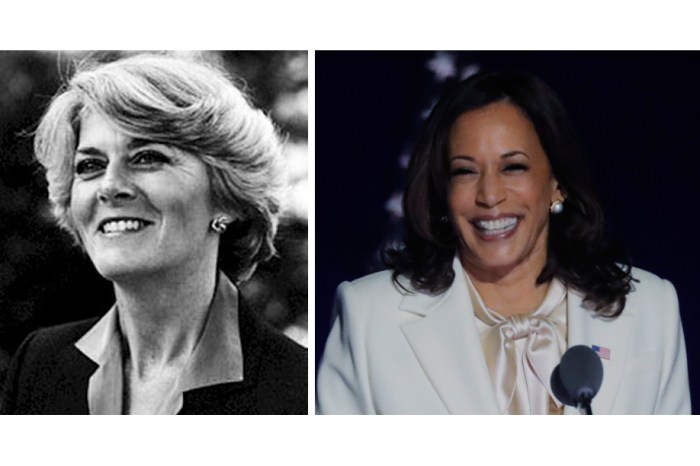Native Americans with African ancestry produced more children than ‘full bloods’ in the early 1900s, despite the odds being against them, a new study demonstrates.
Research by Michael Logan, Ph.D., of the University of Tennessee shows that increased fertility occurred at a time when things were not going particularly well for both African and Native Americans either – in social, economic and health terms. The work is published in Human Ecology.
One characteristic of the demographic history of African Americans and Native Americans (“American Indians”) is inter-racial marriage. While most of these Native American unions involved Caucasian men, many occurred between African and Native Americans. The children of these bi-cultural marriages were “mixed bloods” who in turn typically married non-Indians or other mixed bloods.
Using data from the U.S. Census, Dr. Logan investigated the fertility of Native Americans to find why those with African ancestry had so many children. Dr. Logan shows that a host of factors affected their reproductive success. These included genetics, cultural practices and their socio-economic and health environments.
Dr. Logan examined the reproductive histories of 295 women of mixed Indian-black and Indian-black-white heritage. He found that Indian-black marriages proved to be advantageous in terms of fertility, the average number of births, and offspring survival.
The lower infant-childhood death rates recorded for mixed couples, together with variations in sterility and the number of children by these mixed parents shows why, they as a population grew.
Dr. Logan’s study concluded that because mixed-blood Indians with African ancestry did so well reproductively speaks to their ability to make the best lives for themselves and their children. Especially in a highly racist society. Those who faced so many challenges fared well reproductively despite the hurdles they encountered.
Courtesy of Healthy Living News






















